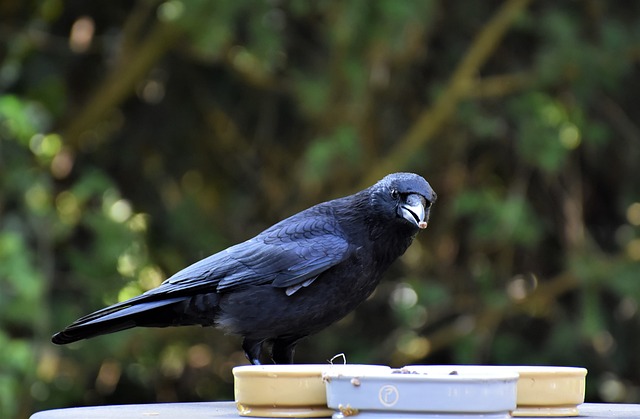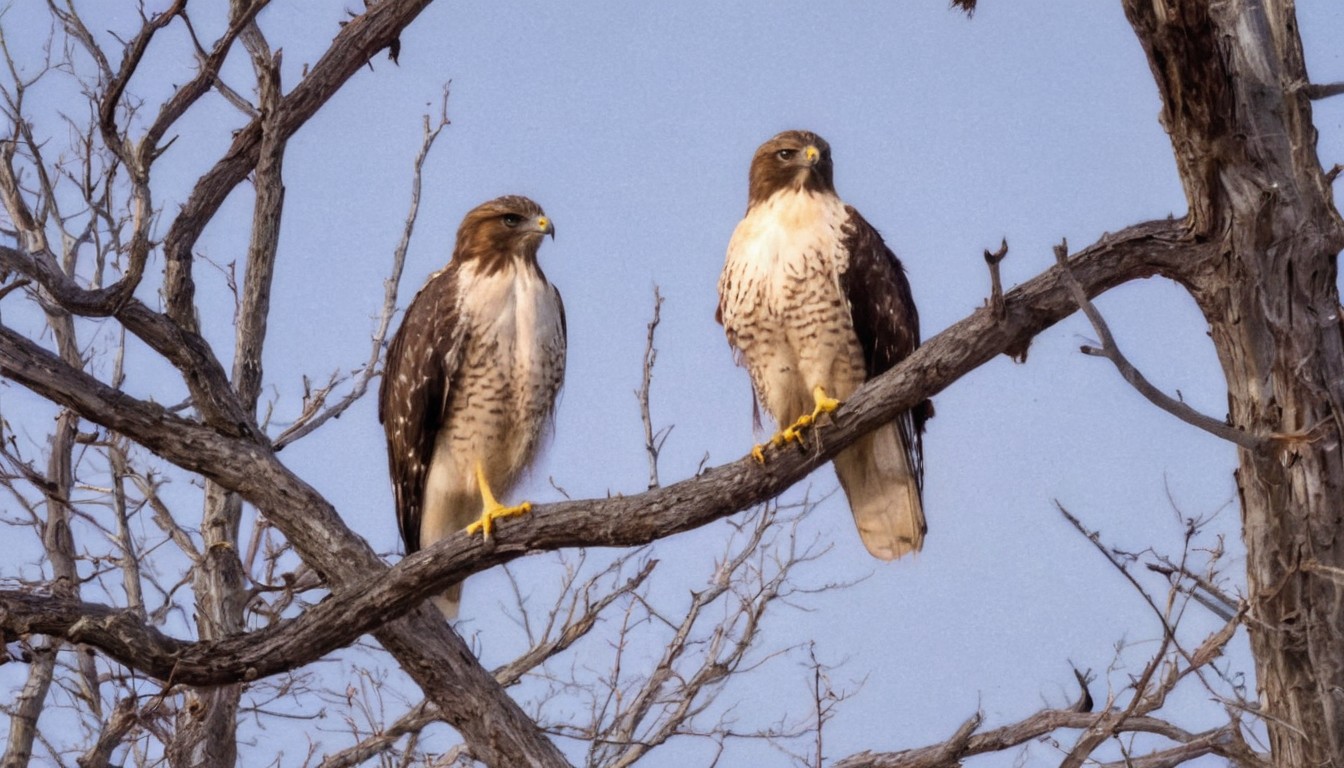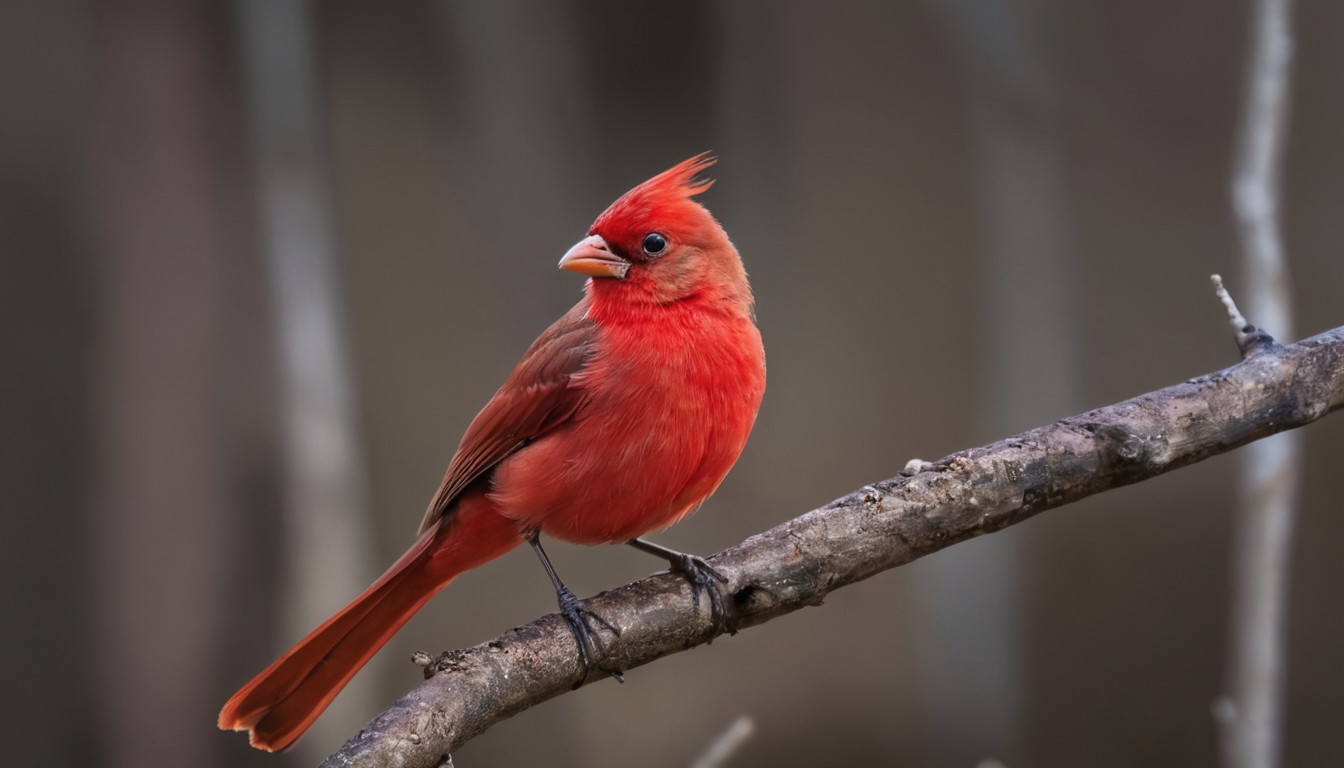Discovering an apparently lifeless bird can be emotionally jarring and confusing for bird lovers. With wild birds prone to playing possum when injured or stunned, it can be legitimately tricky determining actual death versus temporary torpor or immobilization from shock. Equipping yourself with techniques for accurately assessing avian vital signs helps ensure proper care decisions.
We’ll cover physical indicators, safe handling, ethical obligations, and options if determining your found fowl has indeed perished. Mastering these sensitive yet important skills brings some peace of mind next time an unmoving bird crosses your path.
Checking for Initial Signs of Life
When initially approaching a potential avian mortality, rule #1 is resist immediate assumptions from a distance and move slowly. Shock or injury can create misleading inertia. Instead watch closely first for subtle clues indicating life:
- Breathing movements – Feathers ruffling slightly around chest/tail
- Reflex reactions – Response to loud noises nearby
- Muscle tension – Avian bodies growing stiff postmortem
If no overt signs appear after patient observation, then prepare for safe handling to check more rigorously.
Approach & Restrain Properly
Wild birds startle easily when threatened – so immobilizing shock could actually mask life. Move cautiously:
- Gently cover/capture – Coax into box or cloak with light fabric
- Avoid compressing chest – Restricting respiration could suffocate
- Control head & wings – Prevent biting while handling
This minimizes stress & restraint needed for examination. Now check for key life signs:
Key Vital Signs to Check Manually
Once a bird is carefully controlled, perform quick evaluations around critical systems, reacting appropriately per findings:
Body Warmth
- Cold body = deceased – Carcass will cool sans metabolism
- Warm body = alive likely – Circling blood keeps functioning birds warm
Pulse
- Feel just below the jawline for distinct heartbeat throb of major arteries
- No pulse for >1 minute (accounting for stress) flags as deceased
Breath & Airways
- Watch for chest rise/fall, foggy mirror, feathers moving
- Listen closely near body for subtle respiratory sounds
- Open blocked airway if unconscious but alive
Reflex Reactions
- Touch cornea of eye – Blink reflex protects vision
- Pinch toe lightly – Withdrawal reflex is key survival response
Diminished respiratory rate, fading pulse, unprotected eyes, and loss of reflex reactions all confirm dying processes concluding – versus temporary shock immobilization often protecting vitals initially.
Table 1: Determining Bird Mortality Checklist
| Check | Sign of Life? | Sign of Death? |
|---|---|---|
| Warm Body | Yes | No |
| Detectable Heartbeat | Yes | No |
| Spontaneous Breathing | Yes | No |
| Blinking Eye Reflex | Yes | No |
| Withdrawal Reflex | Yes | No |
Use this vital sign checklist to accurately conclude alive or deceased. Now act quickly on those findings.
Caring For Live Birds In Need
Thorough physical exams revealing evidence of sustained avian life require urgent supportive action for recovery prospects:
- Contain in ventilated box; dim and quiet
- Do not give food/water if weak or unconscious
- Transport to wildlife rehabilitator immediately
Injured birds enter easily stressed states – even revived individuals likely require expert rehabilitation before reintroduction. So ensure proper collaboration with your wildlife authorities by reporting rescues.
Ethical Handling of Deceased Birds
On confirming mortality through unfelt pulses, faded warmth, and unresponsive vital system reflexes, shift priorities to proper philosophical handling according to your relationship with the dead bird. Consider:
Complete process of death respectfully: Allow visual/physical access others needing closure with the deceased individual for eco relational reasons.
Determine commemorative plans: Some believe in cremation or burial rituals regarding the bird’s remains. Assess spiritual needs, symbolism.
Research regional options if wanting to get the bird taxidermied, skeletonized, or otherwise preserved as mementos. Proper collecting permits from federal authorities like USFWS apply regarding migratory species.
And know that ethically returning the body whence it came also completes natural cycles. Dispose properly or let scavengers utilize nutrients to support fellow wildlife per local ecosystems. Death, too, has its place.
Key Reminders When Handling Deceased Birds
- Avoid interacting with possible contagions if uncertain about cause of death
- Beware secondary poisoning of any scavengers if euthanized chemical agents likely involved Let wisdom, empathy and ecology inform your process.
When Fatalities Signal Greater Threats
If assessing avian mortality becomes recurrent, concerning statistical or clustering patterns may indicate threats to wildlife health requiring further reporting and investigation.
Watch for abnormal environmental factors, unaddressed hazards, suspicious human behaviors, or symptoms of larger outbreaks. Then coordinate with scientists and agencies promptly to address root causes and mitigate risks compassionately but effectively.
Sometimes a lone perished bird carries larger meanings – for whole species, whole ecosystems. Keep contributing conscientious data to protect the living.
Conclusion
Determining if an apparently inert bird has indeed perished calls for patient observation of vital signs, empathetic handling once restrained, plus ethical evaluative processes on concluding mortality. Differentiating true death from shock-induced paralysis simply takes gently methodical assessments, then appropriately addressing found outcomes – whether through rehabilitation or ceremonial closure. With compassion and techniques, this sensitive yet important skill grows more comfortable in time. And remembering to extrapolate threats when casualties cluster lends deeper service from difficulty. Our shared avian cohabitants of this earth warrant such efforts – both in careful real-time crisis response, and in addressing what loss may signal about environmental responsibility ongoing.
Frequently Asked Questions
What’s the simplest first sign distinguishing live birds from deceased?
Evaluating body temperature – warm bodies indicate living birds, while cold bodies flag deceased ones as metabolism ceases. This allows basic rapid assessment even from a slight distance initially.
Why avoid immediately assuming bird mortality upon discovery?
Injured or stunned birds often react by completely freezing motionlessly in torpor-like shock states while assessing threats. So immobilized living birds can resemble deceased ones – but may recover unlike true dead birds. Observe first rather than interact.
If a bird is indeed deceased, what are ethical next steps?
Respectfully allowing others to view the body for emotional processing and closure, offering ceremonial appreciations of life, properly returning remains to nature’s cycles, or investigating/addressing what may have caused larger die-offs when relevant are all conscious next actions.
Is it advisable to attempt reviving an apparently dead bird?
Intervention risks further stressing birds paralyzed but living. So confirm mortality through temperature plus robust vital sign checks first. If deceased, focus efforts on ceremonial appreciations of life and proper handling of remains rather than likely futile resuscitation attempts. Support rehabilitation for any confirmed still living.
What should I equitably do if the deceased bird was a protected migratory species?
You’ll want to ensure careful coordination with relevant state and federal wildlife authorities regarding ethical handling, commemoration plans, and possession protocols involving protected migratory species per conservation laws and permits needing honored.



